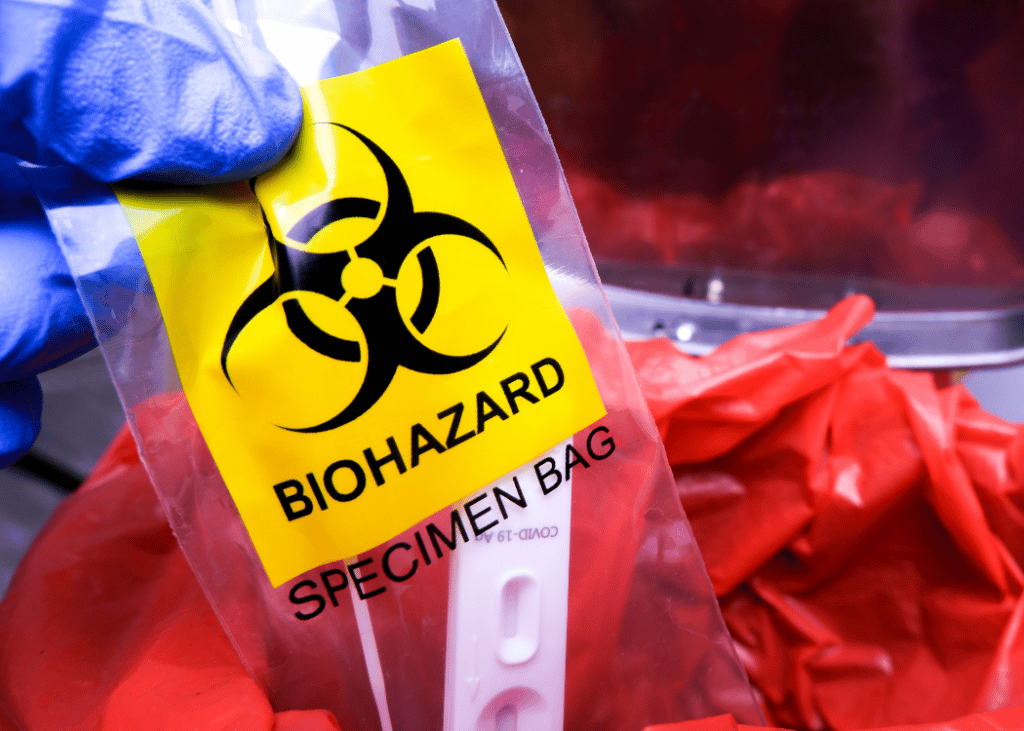Environmental Duty: The Eco-Friendly Technique to Medical Waste Disposal
Environmental Duty: The Eco-Friendly Technique to Medical Waste Disposal
Blog Article
Recognizing the Various Types of Waste Disposal Techniques
In the realm of waste administration, the variety of disposal methods readily available today is huge and differed, each technique offering a distinctive objective in addressing the difficulty of waste disposal. click here. From recycling approaches that aim to provide brand-new life to products, to the detailed processes of hazardous waste management, the landscape of garbage disposal is intricate yet crucial for ecological sustainability. Recognizing the subtleties of these different methods not just sheds light on the importance of liable waste administration yet likewise prompts us to reassess our approach in the direction of garbage disposal in a swiftly progressing world

Recycling Methods
Recycling methods are crucial for lasting waste management techniques in both commercial and household settings. medical waste removal near me. By executing effective recycling methods, a considerable quantity of waste can be drawn away from land fills, conserving natural deposits and reducing the environmental effect of manufacturing processes
In houses, curbside recycling programs play a vital duty in encouraging families to different recyclable materials from basic waste. Products such as paper, plastics, glass, and metals can be arranged and accumulated for processing right into new products, minimizing the need for raw materials and energy-intensive production procedures.
Industrial centers additionally rely upon reusing techniques to minimize waste generation and promote a circular economic climate. By executing closed-loop systems, services can reuse products within their production procedures, reducing prices and ecological impact. medical waste disposal. In addition, commercial recycling programs frequently involve partnerships with specialized recycling centers to ensure that materials are appropriately arranged, refined, and reintegrated right into the supply chain
Composting Techniques

Aerated fixed stack composting includes mixing natural waste products in a huge heap and on a regular basis transforming it to guarantee proper oygenation. This strategy is appropriate for smaller-scale procedures and homes.
In-vessel composting involves putting organic waste in a closed container with regulated conditions for temperature level and oygenation. Windrow composting consists of developing long rows of natural waste and routinely turning them to promote decomposition - medical waste removal.
Land Fill Disposal
Garbage dump disposal is a frequently made use of approach for taking care of waste that can not be reused or composted. Methane gas, a result of decomposing natural waste in garbage dumps, is often gathered and used as a source of renewable power. Efforts to reduce dependence on garbage dumps consist of promoting waste decrease, reusing, and exploring alternate waste disposal approaches to reduce the environmental impact linked with traditional land fill disposal methods.

Waste-to-Energy Incineration
Incineration of waste for power generation is an approach progressively being considered as an alternative to traditional garbage dump disposal strategies. Waste-to-energy incineration includes the burning of waste materials at heats, generally in specialized facilities developed to create electricity or heat through the procedure - click here. This strategy not just decreases the volume of waste that would or else be destined for landfills yet also harnesses the warm generated throughout incineration to develop power
Among the vital advantages of waste-to-energy incineration is its capacity to produce electrical power while lessening the ecological effect compared to standard land fill disposal approaches. By transforming waste into energy, this approach assists in minimizing greenhouse gas discharges and dependence on nonrenewable fuel sources for power generation. Furthermore, waste-to-energy facilities are equipped with innovative air pollution control modern technologies to alleviate potential toxic wastes launched during the combustion procedure.
Contaminated Materials Monitoring

Taking into consideration the vital significance of responsible waste management techniques, especially in the world of environmental sustainability, the emphasis now changes in the direction of the complex domain of Contaminated materials Monitoring. Harmful waste postures significant risks to both human health and wellness and the setting, necessitating specific handling and disposal strategies. Common examples of harmful waste consist of chemicals, batteries, chemicals, and electronic waste.
Unsafe Waste Administration entails the identification, collection, transport, treatment, and disposal of materials regarded unsafe or possibly hazardous. This process needs adherence to rigorous laws and guidelines to mitigate damaging influence on ecological communities and public health. Different approaches are utilized in handling dangerous waste, consisting of recycling, secure landfills, encapsulation, and chemical treatment.
Proper Contaminated Materials Monitoring is critical for preventing contamination of soil, water sources, and air contamination. It is important for sectors, laboratories, health care facilities, and various other generators of contaminated materials to implement durable administration approaches, training programs, and emergency situation feedback intends to guarantee the secure handling and disposal of these materials. Failing to manage unsafe waste suitably can have significant effects, emphasizing the relevance of diligent and liable methods in this field.
Conclusion
In conclusion, waste disposal strategies play an essential duty in handling and lessening the impact of waste on the setting. It is crucial for people and markets to recognize the different waste disposal techniques available and pick the most proper approach for lasting waste administration.
In the world of waste management, the range of disposal strategies readily available today is substantial and differed, each technique offering a distinctive purpose in attending to the difficulty of waste disposal. click here. From recycling approaches that intend to offer new life to products, to the complex processes of harmful waste administration, the landscape of waste disposal is complex yet vital for ecological sustainability. Comprehending the nuances of these various strategies not just loses light on read here the value of responsible waste administration yet additionally motivates us to rethink our technique in the direction of waste disposal in a quickly progressing world
Efforts to lower reliance on land fills consist of advertising waste reduction, reusing, and exploring alternative waste disposal techniques to reduce the ecological footprint connected with conventional garbage dump disposal techniques.
It is essential for people and industries to comprehend the various waste disposal methods offered and select the most appropriate method for sustainable waste monitoring.
Report this page